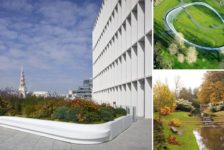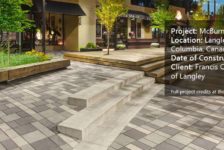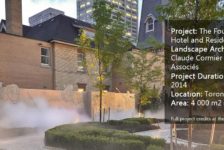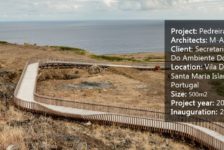In today’s fast-paced world, we are inundated with multiple software options capable of navigating us through all design phases. Yet, why do we find ourselves endlessly debating the correct software when they can theoretically produce the same results? Determined to find an answer, I embarked on a journey to discover the best program for Landscape Architects. This led me to create the video above that shares my discoveries and let’s just say… it left me feeling just as conflicted as before. For those who prefer not to watch, here are the key highlights:
- You Can’t Compare AutoCAD and Revit
One of the most evident issues in these debates is the attempt to compare AutoCAD and Revit. This is like comparing apples to oranges. AutoCAD serves Landscape Architects by creating 2-dimensional drawings, while Revit, a Building Information Model (BIM), offers a whole new dimension with live 3D modeling and advanced features. It’s unfair to pass judgment on either program without considering the individual project’s demands. For instance, residential projects might not require Revit’s collaboration and modeling capabilities, whereas large-scale projects would benefit significantly from these features. The key is to assess compatibility with your specific needs rather than focusing on which program is “better.”
- Becoming the Leaders We Aspire to Be
Another revelation came when shifting the focus from the power of the software to the teamwork aspect in our field. As Landscape Architects, we see ourselves as leaders in shaping the environment. To truly lead, we must embrace the latest technology. By adopting Revit and actively participating in a live working model with other disciplines, we can align ourselves in terms of scope and design updates. This ensures our ideas are considered at the same level as others, preventing the usual scenario where we provide updates after the fact when it’s too late.
- Growing Together, Not Separately
Lastly, imagine embarking on a journey across the world together, as opposed to separately. The answer is clear; it’s better to be united. While Revit might not be perfect for Landscape Architects now, it has the potential to be. Engaging more proactively with Revit and expressing our specific needs can lead to a tailored program. By evolving together through use, we avoid delays and ensure a better, more efficient tool for Landscape Architects.
In conclusion, the key lies in understanding the unique strengths of AutoCAD and Revit and aligning them with the demands of each project. By embracing technology, advocating for tailored solutions, and fostering collaboration, Landscape Architects can truly lead the way in shaping the future of software development in our field.
Published in Blog, Cover Story, Featured







